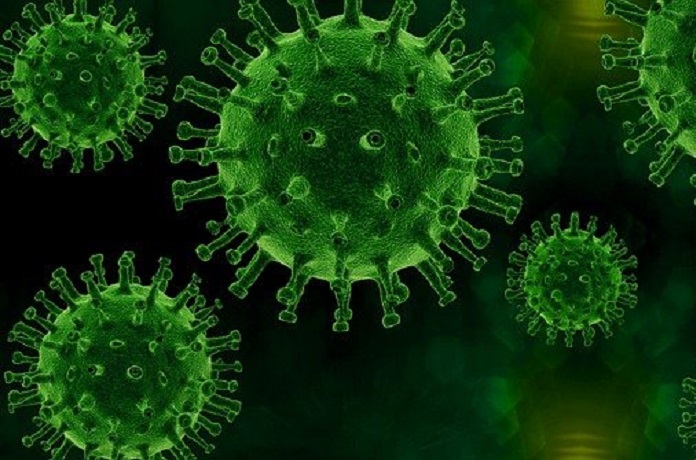New research develops vital animal model of SARS-CoV-2 to help identify the key features of infection.
The development of effective therapies to treat COVID-19 is a problem of immense global significance. However, one of the key steps in the development of a novel therapeutic is the development of a reliable animal model that can be used to test treatment effectiveness before testing on people. As SARS-CoV-2 is a new virus, only identified in the past 12 months, there is currently no reliable animal model for the key features of SARS-CoV-2 infection. The absence of an animal model is a problem that could hamper efforts to develop new treatments for COVID-19. A new study published in The Journal of Infectious Diseases attempts to address this issue(1).
The researchers use non-human primates, specifically macaques, in an attempt to develop a reliable animal model for future drug tests. The study involved 16 macaques. The animals were specifically selected to include two different subspecies, both male and female macaques, and to cover a range of ages. All the animals were infected with SARS-CoV-2 using a variety of routes including directly into the bloodstream, into the eyes, via the nose and mouth, and directly into the trachea.
Having been infected, the progression of the disease within the animals was observed. Swabs were collected and tested from various sites at a number of time-points post-infection. The animals were monitored using a variety of measures such as activity levels, body weight, respiratory rate, and body temperature. Although no changes in respiratory rate or weight were observed, 13 of the 16 macaques demonstrated an increase in body temperature.
Lung tissue from these animals was examined three days after being infected. Crucially, these tissue samples showed evidence of interstitial pneumonia and endothelitis (inflammation in the blood vessels). This is significant as it mirrors the observed impact of COVID-19 on human lung tissue.
Another interesting finding was the reduction in total lymphocytes (particularly CD4+ and CD8+ T-cells) observed in the macaques. This is similar to the loss of lymphocytes (which are vital to immune response) observed in 83.2% of human patients hospitalised with COVID-19, exemplifying another key feature of SARS-CoV-2 infection.
Overall, the results of this study suggest that both subspecies of macaque examined are susceptible to infection with SARS-CoV-2 strains that currently infect humans. The impact of the virus on these animals is similar to what has been observed in the lungs of humans. This suggests that macaques may represent a suitable animal model for reliably predicting both disease progression and the potential impact of any new treatment. Additionally, the impact of the virus on the immune system of the animals suggests they may also be a useful model for investigating the interaction between the virus and host immune systems.
While the results of this study are promising, they are not a short-term solution to the current crisis. Despite the recent promising news on the vaccination front, there will remain a significant need for effective therapies that can treat COVID-19. The development of a reliable animal model represents a significant foundation upon which to build future drug development research.
Written by Michael McCarthy
1. Koo B-S, Oh H, Kim G, Hwang E-H, Jung H, Lee Y, et al. Transient Lymphopenia and Interstitial Pneumonia With Endotheliitis in SARS-CoV-2–Infected Macaques. The Journal of infectious diseases. 2020;222(10):1596-600.
Image by PIRO4D from Pixabay



